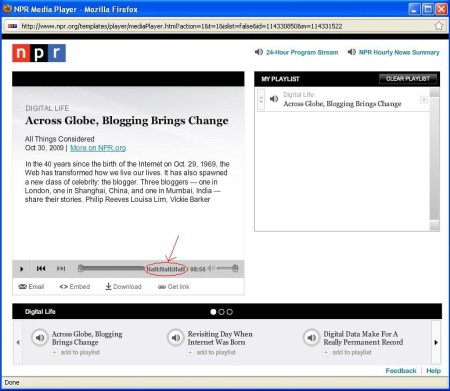An IEEE double-precision floating-point number, or double, is a 64-bit encoding of a rational number. Internally, the 64 bits are broken into three fields: a 1-bit sign field, which represents positive or negative; an 11-bit exponent field, which represents a power of two; and a 52-bit fraction field, which represents the significant bits of the number. These three fields — together with an implicit leading 1 bit — represent a number in binary scientific notation, with 1 to 53 bits of precision.
For example, consider the decimal number 33.75. It converts to a double with a sign field of 0, an exponent field of 10000000100, and a fraction field of 0000111000000000000000000000000000000000000000000000. The 0 in the sign field means it’s a positive number (1 would mean it’s negative). The value of 10000000100 in the exponent field, which equals 1028 in decimal, means the exponent of the power of two is 5 (the exponent field value is offset, or biased, by 1023). The fraction field, when prefixed with an implicit leading 1, represents the binary fraction 1.0000111. Written in normalized binary scientific notation — following the convention that the fraction is written in binary and the power of two is written in decimal — 33.75 equals 1.0000111 x 25.
In this article, I’ll show you the C function I wrote to display a double in normalized binary scientific notation. This function is useful, for example, when verifying that decimal to floating-point conversions are correctly rounded.
Continue reading “Displaying IEEE Doubles in Binary Scientific Notation”
